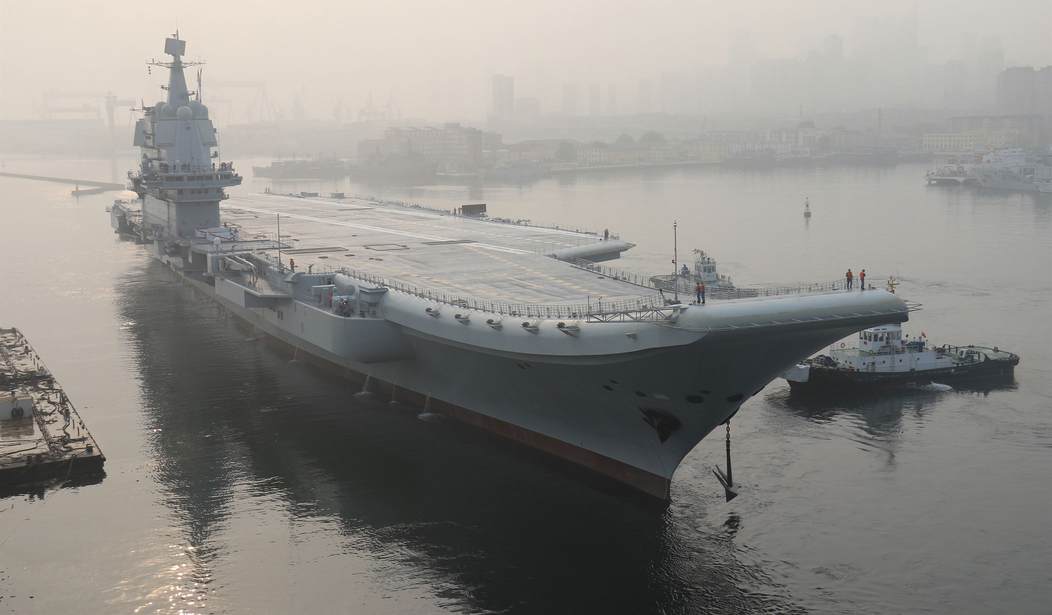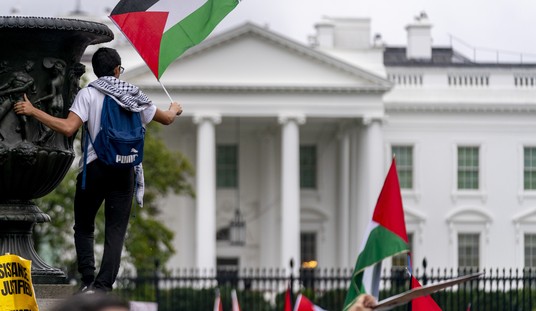Taiwan began a series of war games called Han Kuang 41 to simulate an invasion of the island by China. Unlike previous exercises, the duration of the evolutions has been doubled from five to ten days. The working scenario is that in a future all-out attack, variously predicted to occur between 2026 and 2027, there will be three phases. First, Chinese forces will get their lead elements into position using "Grey Zone" tactics.
After the Chinese have crept as close as possible, Han Kuang assumes they will begin an all-out amphibious attack on the island, with some war games predicting landings in the south and southeast parts of the island. The second phase of Han Kuang will deal with this possibility. Finally, the Taiwanese will study the prospects of an inland attack by the Chinese, possibly through airborne assault, coupled with an uprising fomented by Beijing. As one security expert put it: The idea is to tear Taiwan up from the inside and have the PLA finish the job.
The goal of Taiwan’s defense against a Chinese amphibious landing isn’t to permanently forestall conquest, but to buy time – prevent the People’s Liberation Army (PLA) from establishing a sustainable beachhead, and disrupt or delay the invasion long enough to allow international intervention (particularly from the U.S. and allies), and preserve Taiwan’s sovereignty and operational capacity. Preventing an amphibious lodgement is the equivalent of Ukraine stopping the Russians short of Kyiv.
It is aimed not so much at victory as the prevention of defeat. The island’s long-term survival depends on the allies being able to secure sea lanes to resupply it. Taiwan’s main ports on its western side, Keelung and Kaohsiung, have excellent cargo handling facilities, but are highly vulnerable to Chinese missile strikes and naval blockades, due to their location. The eastern ports of Hualien and Su’ao are more protected, but they are much less capable of handling cargo. Any effort to relieve Taiwan would immediately involve the stockpiles pre-positioned in the U.S., Japan, and Australia, probably to these eastern ports.
The immediate needs would be to resupply missile stocks and air defense items, which the war in Ukraine showed will be used up at a ferocious rate. But first, the allied navies would have to defeat the Chinese invasion itself, estimated to involve three aircraft carriers (Liaoning, Shandong, Fujian), 60+ amphibious ships, and civilian ferries. In the hypothetical case, the Chinese will be engaged by Pacific fleet aircraft carriers, and attack submarines and drone swarms will combine in the Taiwan and Bashi Straits to create a "hellscape."
Using uncrewed underwater vessels … “these fast mines or slow torpedoes” could be used to take out Chinese merchant shipping or combatants in port or in the strait if an invasion began. “All end in a big boom when you kill ships.” …“getting their people ashore will be a real problem” when air and ground unmanned systems are in play attacking transport aircraft on their way to Taiwan and landing craft nearing shore and on the beach.
The Japanese navy might be tasked with sweeping the Pacific side of the island of Taiwan of Chinese combatants and opening sea lanes to Hualien and Su’ao. The Australian navy is likely to begin operations in the Indian Ocean using aircraft and submarines to track and interdict Chinese merchant ships or PLAN vessels in the Indian Ocean, particularly near the Malacca Strait, in coordination with U.S. and Indian forces. This and closing the Pacific would interdict 70% of China’s oil imports and force the Chinese navy to divide its efforts. It would be an outer blockade of China, enclosing an inner blockade of Taiwan. Given enough time, it will throttle Beijing’s export-dependent economy and reverse its prosperity.
Unlike Ukraine, the allies will probably be in direct combat from the outset. In most scenarios, China will strike at Japanese bases, U.S. Pacific territories, and possibly the American and Australian homelands in response to naval action. War will come to Tokyo, Sydney, and Los Angeles, not to mention the multitudinous Chinese coastal megacities. The disruption to the global economy would be gigantic. The $10 trillion in shipping passing through the South China Sea en route to Japan and South Korea would have to be rerouted and convoyed south of the Malay barrier from the Indian Ocean. To call it a catastrophe is an understatement.
A failed Chinese invasion of Taiwan might destabilize Beijing or plunge it into such bitterness that decades may pass before anything like normalcy returns to the Western Pacific. Victory would not be sweet. In some ways, a China defeated on Taiwan would be scarcely better than one gloating in mad triumph over the devastated ruins of Taipei. There are scarcely any ways – win or lose – that the world would be better off after a war over Taiwan.
Perhaps the most important goal of Han Kuang 41 is the unarticulated one: to prevent it. It is like the walkthrough of a murder before it happens, to give both murderer and victim alike a preview of the full horror of the deed while it is still a hypothetical, and thereby persuade them to avoid it at all costs. It would be a folly beside which the invasion of Ukraine would fade into insignificance by comparison.










